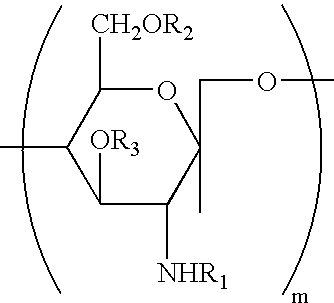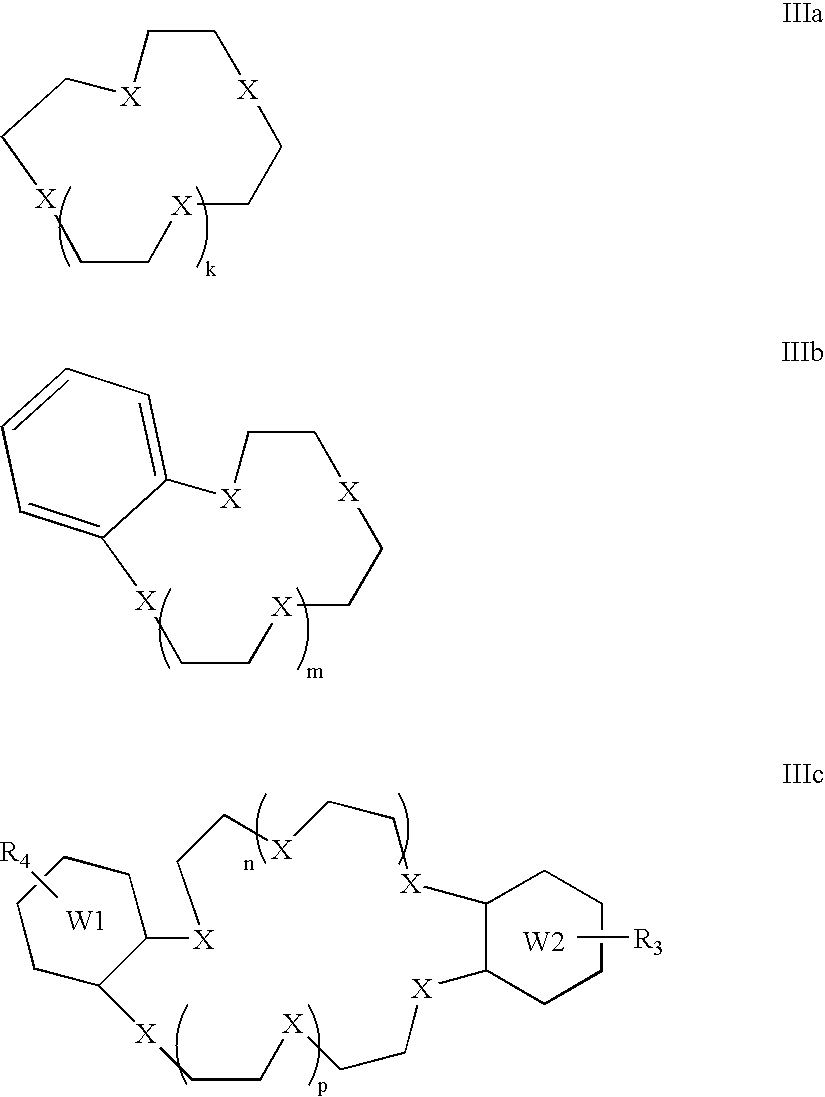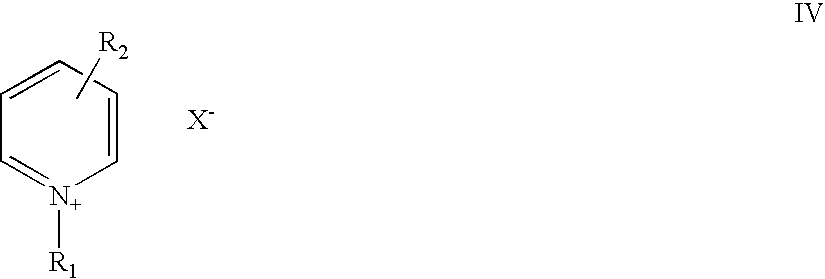Water-soluble chitosan having low endotoxin concentration and methods for making and using the same
a technology of endotoxin and water-soluble chitosan, which is applied in the field of water-soluble chitosan, can solve the problems of not being able to be deactivated by common sterilization techniques, destroying or damaging many other components in a given composition, and reducing the quality of endotoxin, etc., and achieves the effect of less than acceptable quality, less than acceptable size separation, and low cos
- Summary
- Abstract
- Description
- Claims
- Application Information
AI Technical Summary
Benefits of technology
Problems solved by technology
Method used
Image
Examples
example 1
Determining the Concentration of Endotoxin in Water-Soluble Chitosan Solutions
The presence of endotoxins was determined in water-soluble chitosan using a Limulus Amebocyte Lysate (LAL) gel-clot assay commercially available under the trade designation ENDOSAFE® KTA (Kinetic Turbidimetric Assay) from Charles River Laboratories, Inc. (Charleston, S.C.). Sample solutions of water-soluble chitosan were prepared by dissolving a known amount of one selected batch of water-soluble chitosan sample into endotoxin-free water. The samples were agitated until completely dissolved. The pH of the solutions was about 5.
After dissolution of the water-soluble chitosan, the pH of each solution was adjusted using 1M NaOH. Each solution was then stirred for 30 to 60 minutes. The samples were then diluted serially and assayed for the presence of endotoxins. Table 1 below provides results.
TABLE 1Sample Endotoxin ConcentrationsAverage Amount ofEndotoxin DetectedSample No.Sample pH(range of endotoxin)...
example 2
Determining the Concentration of Endotoxin in Water-Soluble Chitosan Solutions Containing a Surfactant
The effect of the addition of a surfactant to the water-soluble chitosan solutions following pH adjustment was determined. Water-soluble chitosan solutions were prepared from the same batch of water-soluble chitosan sample as used in Example 1 and the pH adjusted as above in Example 1. Following pH adjustment, a surfactant, TWEEN™ 20 (polyoxyethylene sorbitan monolaurate) commercially available from Uniqema Corporation (New Castle, Del.), was added at a known concentration. The concentration of TWEEN™ 20 in the final samples was 0.008 wt %, based on a total weight of the sample. Each surfactant-containing solution was stirred for 30 to 60 minutes. Each solution was then diluted serially and assayed for the presence of endotoxins. Table 1 below provides results.
TABLE 2Sample Endotoxin ConcentrationsAverage Amount ofEndotoxin DetectedSample No.Sample pH(range of endotoxin)15.3 90 ...
example 3
Preparation of Water-Soluble Chitosan Having Low Endotoxin Concentration
All process equipment was treated with a 1M NaOH solution and washed thoroughly with endotoxin-free water prior to use.
Basic Treatment Step A
30 g of water-insoluble chitosan having a deacetylation degree of about 84% was slurried in 1380 g of 1M NaOH solution for sixty hours. The solid was collected and washed with endotoxin-free water until the filtrate had a pH of 11 or lower.
Acetylating Step B
30 g of the above-treated water-insoluble chitosan was combined with 1000 ml of a 4 wt % acetic acid solution, 0.3 g of tetrabutylammonium bromide, and 7.5 g of acetic anhydride to partially acetylate the chitosan. 29.8 g of water-insoluble chitosan having a degree of deacetylation (DD) of about 71% was produced. The partially acetylated water-soluble chitosan was tested for endotoxin levels using the Limulus Amebocyte Lysate (LAL) gel-clot assay described in Example 1. The results are provided in Table 3 below...
PUM
| Property | Measurement | Unit |
|---|---|---|
| time | aaaaa | aaaaa |
| time | aaaaa | aaaaa |
| water-soluble | aaaaa | aaaaa |
Abstract
Description
Claims
Application Information
 Login to View More
Login to View More - R&D
- Intellectual Property
- Life Sciences
- Materials
- Tech Scout
- Unparalleled Data Quality
- Higher Quality Content
- 60% Fewer Hallucinations
Browse by: Latest US Patents, China's latest patents, Technical Efficacy Thesaurus, Application Domain, Technology Topic, Popular Technical Reports.
© 2025 PatSnap. All rights reserved.Legal|Privacy policy|Modern Slavery Act Transparency Statement|Sitemap|About US| Contact US: help@patsnap.com



